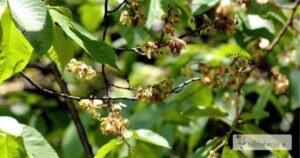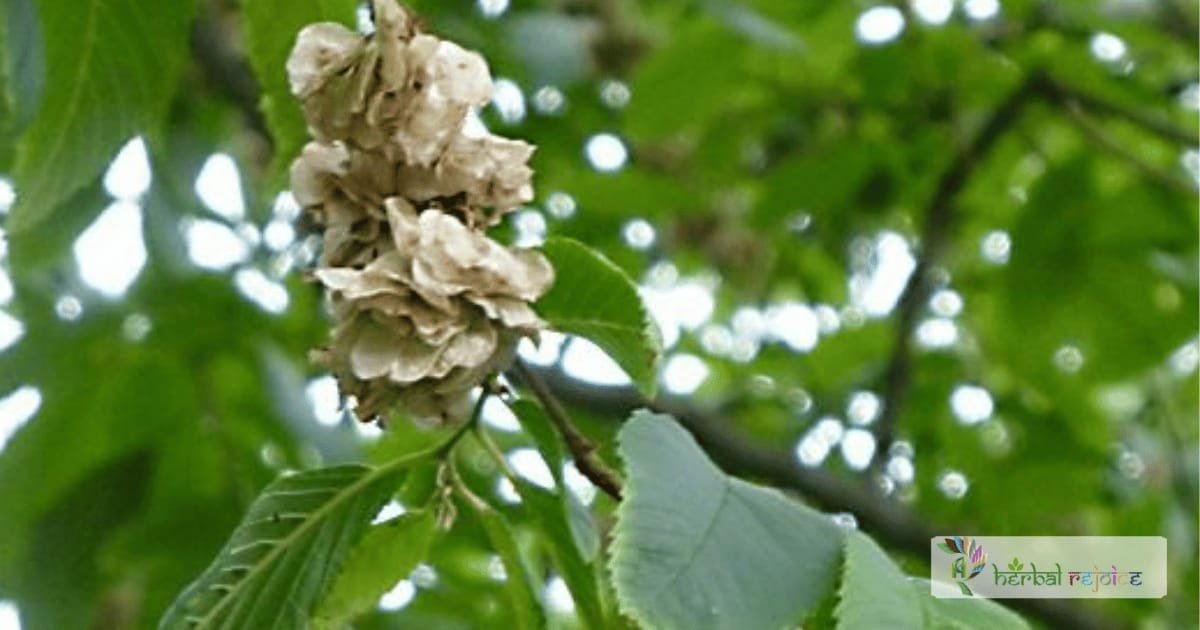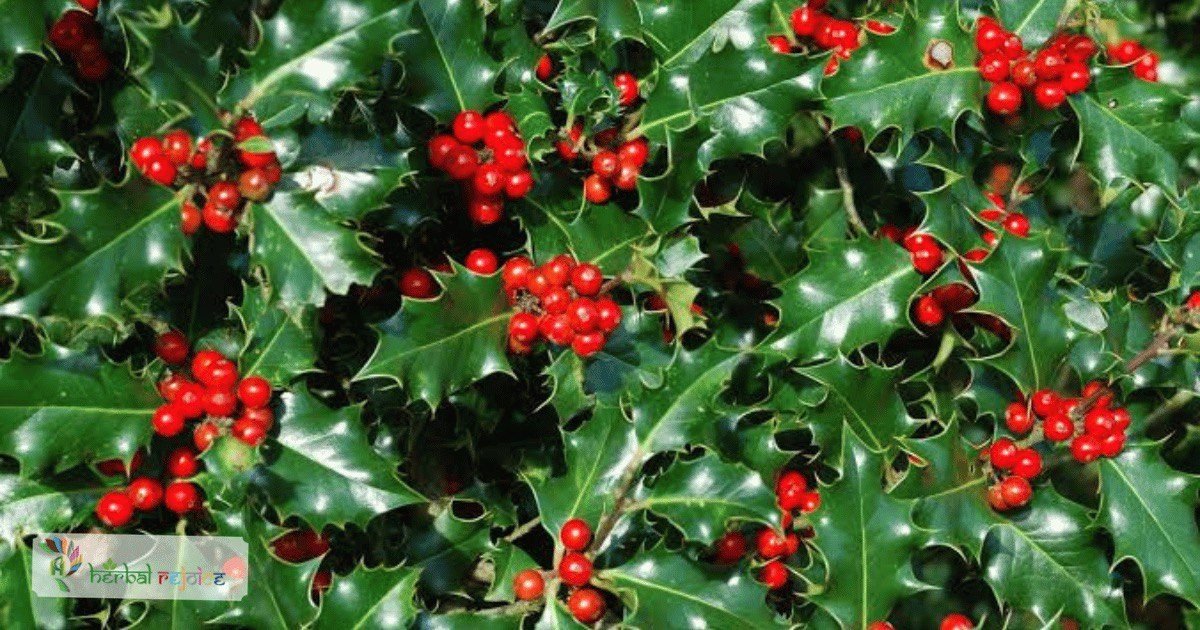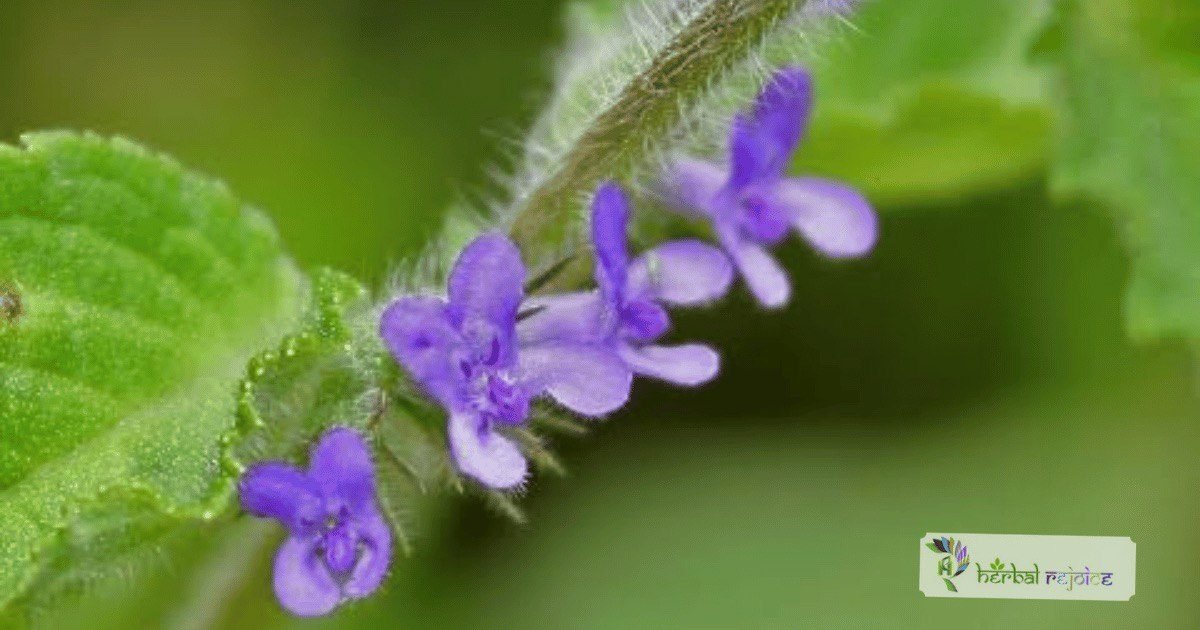Introduction
Himalayan Elm (Ulmus wallichiana Planch.), also known as Slippery Elm, is a remarkable herb found in the North Western Himalayas.
The mucilage of Himalayan Elm is an effective remedy for gastric or duodenal ulcers. Its topical application helps promote healing of burns and skin eruptions.

Names and Habitat
This herb, belonging to the Ulmaceae family, has been traditionally used for its various medicinal properties.
In English, it is commonly referred to as Himalayan Elm, while it is also known as Slippery Elm, which is associated with Ulmus fulva.
In local folklore, it is called Hemar and Kitamaara.
Therapeutic Uses of Himalayan Elm
The bark of the Himalayan Elm is particularly valued for its therapeutic effects. It exhibits astringent, demulcent, emollient, expectorant, and diuretic properties.
The therapeutic effects of Himalayan Elm can be attributed to its ability to stimulate nerve endings in the gastrointestinal tract. This stimulation leads to an increase in mucous secretion, which further protects the GI tract from ulceration and excess acidity.
Additionally, the coarse powdered bark of the Himalayan Elm can be applied topically as a poultice for burns and skin eruptions. This application helps soothe the affected area and promotes healing.
Indian Elm Vs Himalayan Elm
It is important to note that Ulmus fulva Michx, known as Indian or Sweet Elm, is actually a native plant of America and does not grow in India.
Therefore, the use of Ulmus fulva in Indian traditional medicine is a misinterpretation. The true medicinal properties lie within Ulmus wallichiana Planch., the Himalayan Elm.
Key Components Of Himalayan Elm
One of the key components found in the powdered bark of Ulmus wallichiana is mucilage. This mucilage is composed of galactose, 3-methyl galactose, rhamnose, and galacturonic acid residues.
This mucilage acts as a soothing and protective agent, particularly for the gastrointestinal tract. It has been used as a gruel to aid in the healing of gastric or duodenal ulcers.
The mucilage forms a protective barrier in the GI tract, preventing ulceration and reducing excess acidity. The bark has been found to contain approximately 0.76% tannins, which contribute to its beneficial effects.
Conclusion
In conclusion, Himalayan Elm (Ulmus wallichiana Planch.) is a valuable herb with various medicinal properties. Its bark acts as an astringent, demulcent, emollient, expectorant, and diuretic.
The mucilage found in the powdered bark provides soothing and protective effects for the gastrointestinal tract, making it an effective remedy for gastric or duodenal ulcers.
Furthermore, its topical application helps promote healing of burns and skin eruptions. It is important to note that Ulmus fulva Michx, commonly known as Indian or Sweet Elm, is not the same as Ulmus wallichiana Planch. and does not possess the same therapeutic properties. Therefore, it is crucial to identify and use the correct species for medicinal purposes.
Incorporating Himalayan Elm into your natural medicine regimen can provide you with the benefits of this powerful herb from the North Western Himalayas. Discover the healing properties of Himalayan Elm and experience its remarkable effects on your overall well-being.
Frequently Asked Questions (FAQ)
What is Himalayan Elm?
Himalayan Elm (Ulmus wallichiana Planch.) is a herb found in the North Western Himalayas known for its medicinal properties.
What are the traditional uses of Himalayan Elm?
Himalayan Elm has been traditionally used for its astringent, demulcent, emollient, expectorant, and diuretic properties.
What is the English name for Himalayan Elm?
The English name for Himalayan Elm is Slippery Elm.
What is the botanical family of Himalayan Elm?
Himalayan Elm belongs to the Ulmaceae family.
What is the scientific name for Himalayan Elm?
The scientific name for Himalayan Elm is Ulmus wallichiana Planch.
What is the local name for Himalayan Elm?
In local folklore, Himalayan Elm is called Hemar and Kitamaara.
Is Himalayan Elm the same as Ulmus fulva?
No, Himalayan Elm (Ulmus wallichiana Planch.) is different from Ulmus fulva. Ulmus fulva is a native plant of America and does not grow in India.
What are the therapeutic properties of Himalayan Elm?
Himalayan Elm has astringent, demulcent, emollient, expectorant, and diuretic properties.
What is the key component found in the powdered bark of Himalayan Elm?
The powdered bark of Himalayan Elm contains mucilage as a key component.
What are the constituents of the mucilage in Himalayan Elm?
The mucilage in Himalayan Elm is composed of galactose, 3-methyl galactose, rhamnose, and galacturonic acid residues.
How does the mucilage in Himalayan Elm act on the gastrointestinal tract?
The mucilage in Himalayan Elm acts as a soothing and protective agent for the gastrointestinal tract.
What conditions can the mucilage in Himalayan Elm help with?
The mucilage in Himalayan Elm can help with healing gastric or duodenal ulcers.
How does the mucilage in Himalayan Elm protect the gastrointestinal tract?
The mucilage in Himalayan Elm forms a protective barrier in the GI tract, preventing ulceration and reducing excess acidity.
Can Himalayan Elm be applied topically?
Yes, the powdered bark of Himalayan Elm can be applied as a poultice for burns and skin eruptions.
What are the benefits of topically applying Himalayan Elm?
Topically applying Himalayan Elm helps soothe the affected area and promotes healing.
How does Himalayan Elm stimulate the gastrointestinal tract?
Himalayan Elm stimulates nerve endings in the gastrointestinal tract, leading to an increase in mucous secretion.
Why is increased mucous secretion beneficial for the gastrointestinal tract?
Increased mucous secretion protects the GI tract from ulceration and excess acidity.
What are the overall medicinal properties of Himalayan Elm?
Himalayan Elm acts as an astringent, demulcent, emollient, expectorant, and diuretic.
Can Ulmus fulva be used as a substitute for Himalayan Elm?
No, Ulmus fulva does not possess the same therapeutic properties as Himalayan Elm and should not be used as a substitute.
How can I incorporate Himalayan Elm into my natural medicine regimen?
You can incorporate Himalayan Elm into your natural medicine regimen by using it in the form of powder, poultice, or other recommended preparations.





